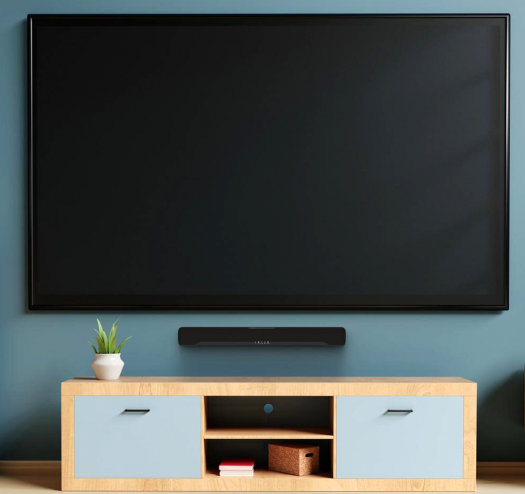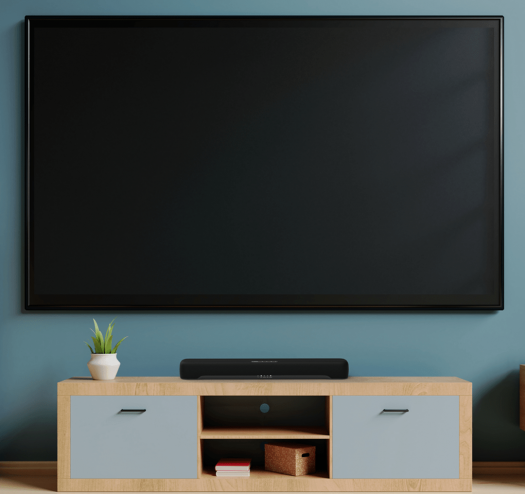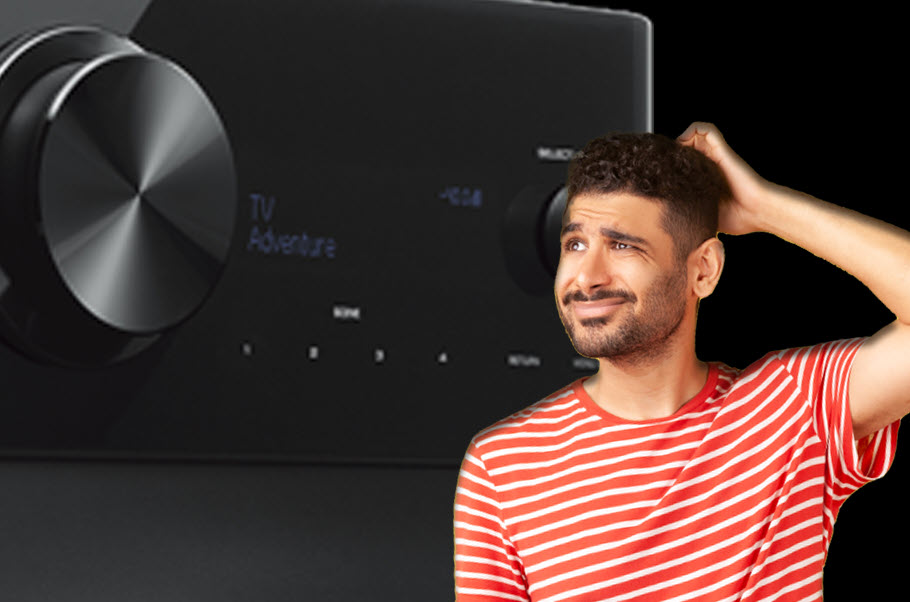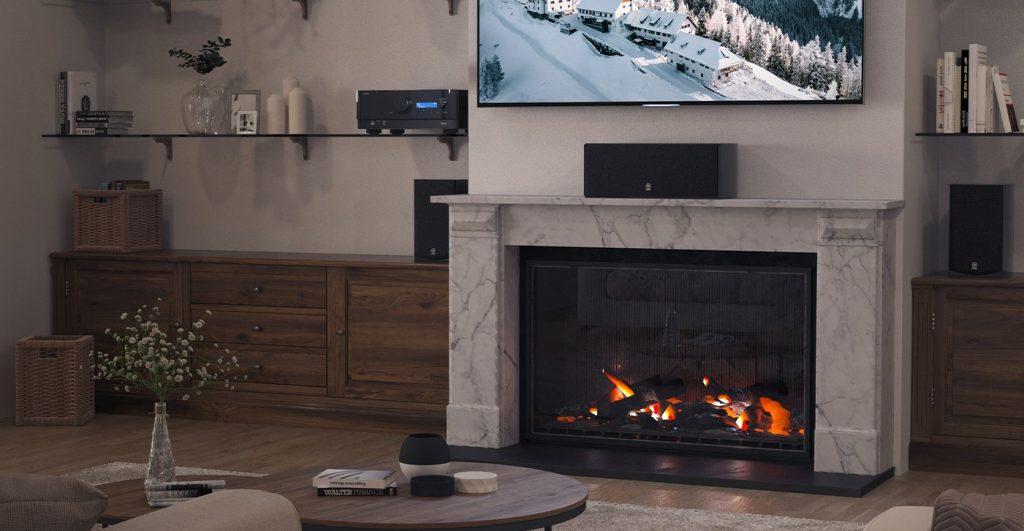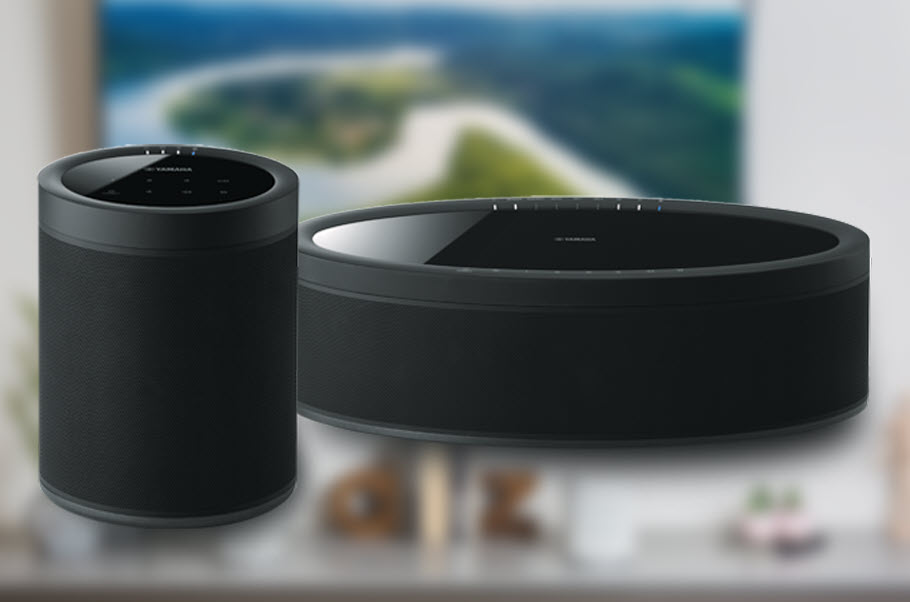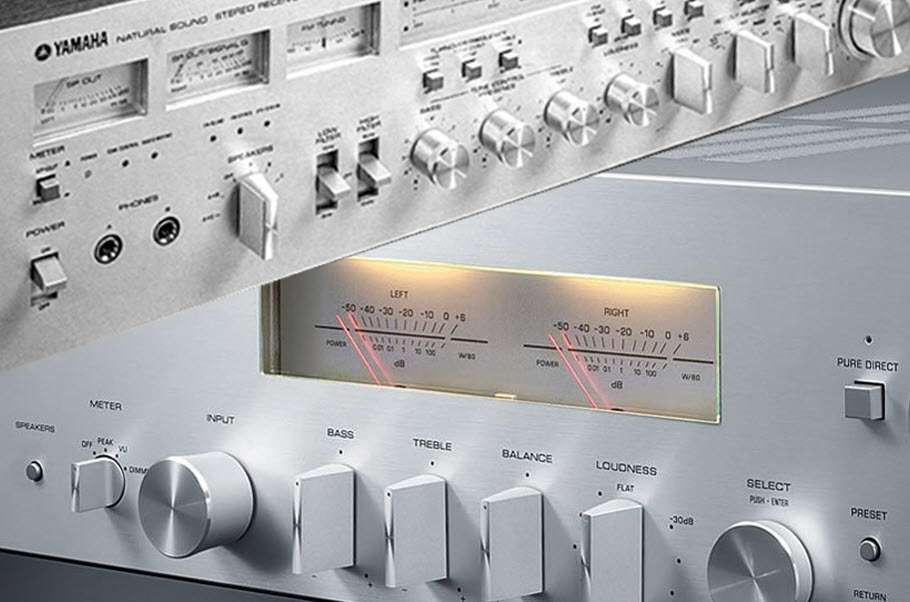How to Shop for a Sound Bar
Not all sound bars are created equal.
You’ve finally decided to improve the sound coming from your TV — or you know someone who’d really appreciate better sound too — and you’ve decided that a new sound bar will make the perfect gift for them… or for yourself.
But which one to get? Here’s a quick overview of the key factors and features you should consider when buying a sound bar.
Surround Sound Capability
Despite their small form factor, sound bars can deliver immersive audio experiences. Advanced models like Yamaha True X sound bars with Dolby Atmos® provide multi-dimensional sound that surrounds you from every angle, creating a theater-like experience at home.

Signal processing is often used to generate virtual surround sound, while premium options such as True X sound bars deliver a true 5.1.2-channel audio experience for Dolby Atmos content. Before choosing, consider your room layout — closed spaces tend to enhance the effect of surround sound, while wide open layouts may require more powerful solutions.
Will It Fit?
Decide where you want to put the sound bar and check the dimensions to make sure it will fit there. Keep in mind that some sound bars can be mounted on a wall (normally below the TV), and some are meant to sit on a tabletop below the TV. If the sound bar will be sitting on a surface, make sure it is not tall enough to block the TV.
For smaller spaces or minimalist setups, compact models like the Yamaha SR-C20A offer a great solution without compromising audio quality.
What Can I Connect To It?
HDMI®
If your TV supports the eARC or ARC function, you only need one HDMI cable to output TV audio to the sound bar. To use the ARC function, you have to turn on the HDMI Control function.

CEC (Consumer Electronics Control)
Allows control of TV and sound bar with a single remote; adds convenience and reduces clutter.
Optical
Reliable digital audio connection for TVs without HDMI ARC; supports high-quality sound but no advanced features like volume sync.

Connectivity
A sound bar is more than a speaker for a TV – it can be an entertainment source. Many come equipped with Wi-Fi, Bluetooth® or even AirPlay 2®, so you can play music from a phone or computer and listen to streaming services and internet radio through the sound bar. If enjoying music through your sound bar is key, check for connectivity options like these:

Subwoofer: Built-in or Stand-alone?
A subwoofer is a speaker that reproduces only the lowest bass frequencies. In other words, it puts the oomph in explosions and those low rumbles you can feel in your chest. It’s an integral part of any home theater system.
Some sound bars have subwoofers built in, while others come with separate subwoofers. Stand-alone subwoofers are often more powerful and effective than the built-in variety, but if there isn’t a lot of floor space where the sound bar is going to be positioned, you might want to go with one that has a built-in subwoofer. Built-in subwoofers can still sound great!
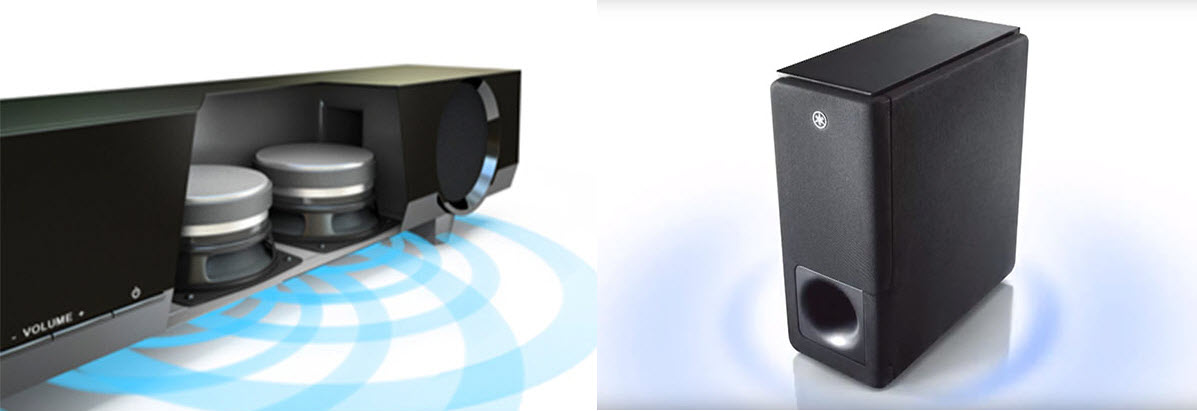
App Control
If you’re not comfortable with voice control, but you don’t like looking between the couch cushions for your remote control, many sound bars can be controlled with an app from your smartphone or tablet. Apps are especially handy if you’re playing music from a streaming service through your sound bar and scrolling through your playlists. For example, with the free Yamaha MusicCast Controller app, you can link MusicCast wireless speakers, sound bars and receivers in other rooms and control playback throughout your home from your smartphone or tablet.
Warranty
You hope you never have to use it, but it’s good to know how the manufacturer stands behind its product. The most common warranty period is one year, with premium brands like Yamaha offering two years.
How / Where / Features
The main thing to consider when shopping for a sound bar is how and where it will be used. In addition, when doing your research and reading reviews, identify the features that are most important to you. These are the factors that will enable you to choose the sound bar that is the best fit.
Click here for more information about Yamaha sound bars.










